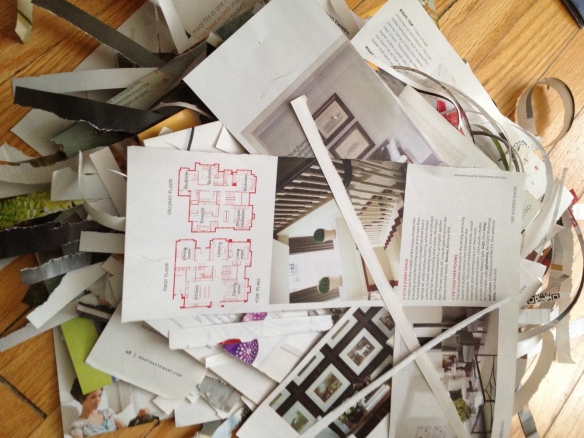
A little while ago I had to replace the hard drive in my computer and I thought I was going to have a nervous breakdown. Even though I wasn’t exactly starting from scratch (I backed up everything onto an external drive beforehand). it reminded me of how it felt to get a new computer and how exciting and overwhelming the set-up process can be.
If you got a new computer over the holidays, or are looking to do a major overhaul like mine in the future, you want to consider doing the following:
- Check the box and make sure you have all of the parts and accessories you need. It’s rare that something is missing, but you’re better safe than sorry.
- Make sure you know what you’re getting into. Is there someone or somewhere you can call if you need more information? What does your warranty cover and who is responsible for covering it (the store, the manufacturer, third-party insurance, etc.)?
- Check for updates. Depending on how long your computer sat on a shelf in a warehouse, it could be missing crucial software or system updates that should be installed after you fire up that baby for the first time.
- Install the programs that you want and uninstall those you don’t need. There’s no sense in wasting extra hard drive space on things you don’t use. (Consider grabbing an uninstalling app to help you with the process.)
- Consider safety. Some computers will come with pre-installed security software but you may want to do your own research and take additional safety measures based on your own needs.
- Plan your user experience. What would you like to see every time you turn on your computer? How would you like your computer to be used? What can do you do to enhance your workflow? This may involve playing around with your user settings, installing plug-ins on your favourite apps, saving passwords or creating accounts.
- Last, but not least, back it up. Make sure you have a way of saving information from your computer in a way that is safe and yet easily accessible to you. (Otherwise you really will have a nervous breakdown.)
Setting up and getting used to a new computer takes time and energy, so make sure you give yourself enough time to play around with it until everything feels right. And hey, if something doesn’t work at first, you can always change it. The beauty of the personal computer is that it was designed to be customized. All the possibilities are there so that you, the user, can have an enjoyable and productive experience. Take them!




 You don’t have to be a detective to figure out exactly what I’ve been up to when I first come in the door to my apartment. My shoes will be kicked off somewhere near the door; my keys will be on the nearest flat surface I can find. My purse gets stashed just about anywhere (which, believe me, can cause a great deal of panic if I don’t remember exactly where that is). No matter how clean I leave things, when I come back in everything inevitably looks like it’s been in a tornado. (You should see what it looks like when I try to get out the door in the morning- it’s like a tornado in reverse.)
You don’t have to be a detective to figure out exactly what I’ve been up to when I first come in the door to my apartment. My shoes will be kicked off somewhere near the door; my keys will be on the nearest flat surface I can find. My purse gets stashed just about anywhere (which, believe me, can cause a great deal of panic if I don’t remember exactly where that is). No matter how clean I leave things, when I come back in everything inevitably looks like it’s been in a tornado. (You should see what it looks like when I try to get out the door in the morning- it’s like a tornado in reverse.) In my social circle I am known as a “fixer”- people often come to me for advice when they’re struggling either personally or professionally (one of the many reasons I ended up getting into the freelance business).
In my social circle I am known as a “fixer”- people often come to me for advice when they’re struggling either personally or professionally (one of the many reasons I ended up getting into the freelance business).

 In a world where there’s a push to go paperless, it’s easy to want to get rid of your paper-based system entirely. Going digital keeps things safe and well-preserved, and hopefully makes them easier to archive and access (providing you have a good digital filing system in place!)
In a world where there’s a push to go paperless, it’s easy to want to get rid of your paper-based system entirely. Going digital keeps things safe and well-preserved, and hopefully makes them easier to archive and access (providing you have a good digital filing system in place!)


